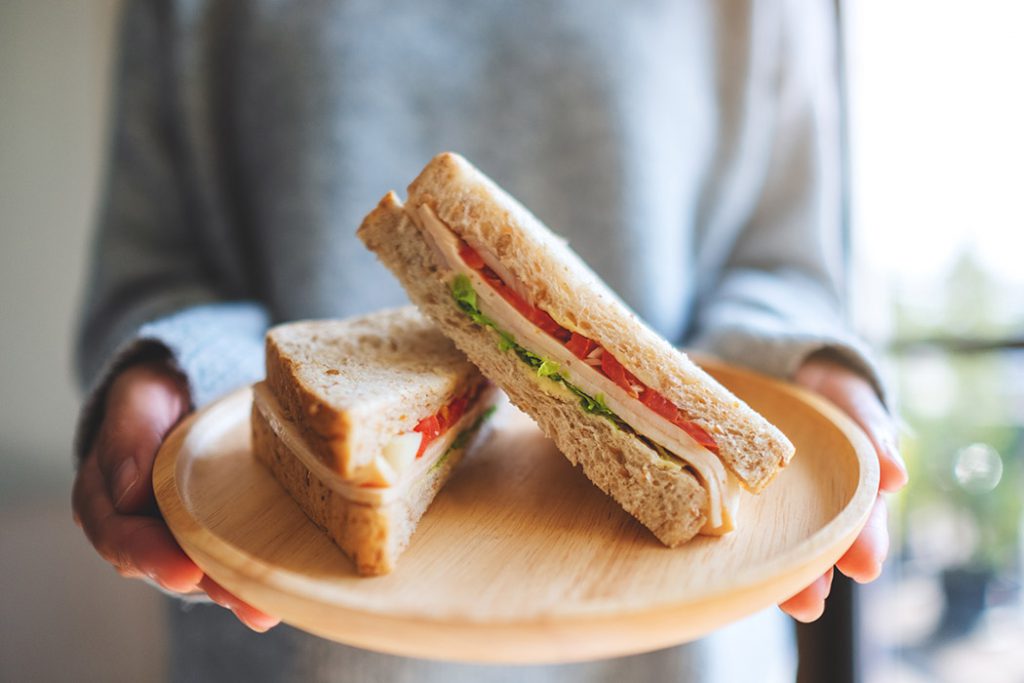Let’s eat wheat!

Incorporating whole wheat is a great way to get whole grains into your diet, let’s eat wheat! Canada’s Food Guide recommends 25% of your diet should be grains, with half of them being whole grain options. Whole grains contribute carbohydrates (carbs), dietary fibre, healthy fat, B vitamins and minerals into our diet.
But wait, aren’t carbs bad for you?
The body uses carbohydrates to create readily available energy. When the body makes energy solely out of protein and fat, the process is much longer and less efficient. This can make you feel more tired in the short term. Eliminating all carbs and following carb-free diets can also lead to increased fat consumption. So, it’s important to remember to eat everything in moderation and focus on healthy carbohydrates like the ones in vegetables and whole grains foods. Following our health plate diagram is also a good visual reminder of what a healthy balanced meal looks like including a healthy portion of carbohydrates.

Whole wheat contains a mix of fibres, including insoluble fibre which helps with digestion. Whole wheat also promotes the growth of helpful probiotic bacteria in the digestive tract.
Doesn’t wheat contain gluten, that’s bad for your digestive tract?
Yes, gluten is a protein found in wheat, rye and barley. It is the naturally occurring protein component that is responsible for the elasticity of the dough. It’s part of what makes cakes and bread rise when cooked and makes it taste so good. But, gluten is “bad” for only a small portion (1-6%) of the population. People who have been medically diagnosed as celiac or gluten-sensitive need to avoid gluten. For the rest of the population, it is perfectly safe to eat. The Dieticians of Canada say that there are no health benefits of a gluten-free diet and there are actually some disadvantages if you are not gluten sensitive. When you cut out gluten, you are losing all the health benefits associated with eating grains. Unfortunately, gluten-free foods also come with a higher price tag, so you may be overpaying for something that you don’t even need. Some gluten-free foods can be higher in sugar, sodium and other additives to enhance the flavours of the food product as well.
Choosing to eat wheat and whole wheat food options is a great way to get the nutrients into your body that it needs. Whole wheat can also be made into a lot of great recipes: Try making Whole Wheat Flatbread or homemade Ontario wheat thins using whole wheat flour, or try using whole grain wheat (also known as wheat berries) in a great Greek styled grain salad. Let’s eat wheat!
